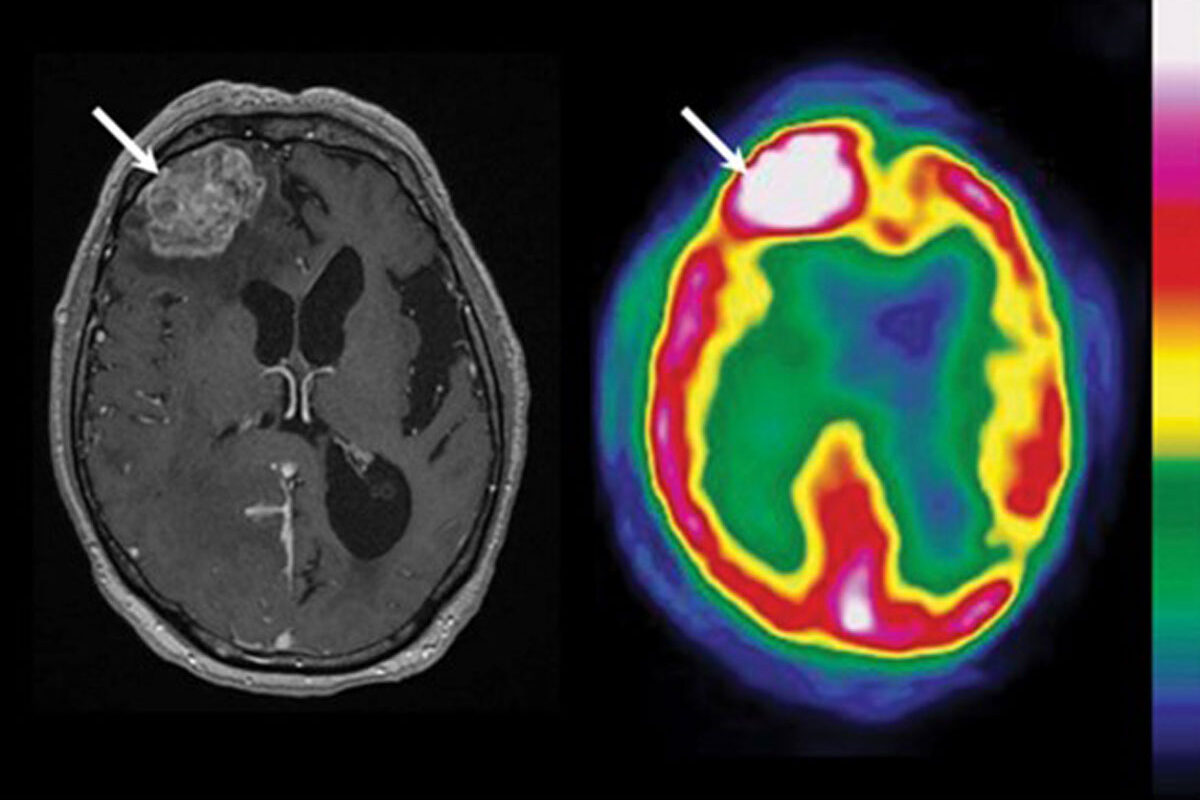A recent study conducted by researchers at Oregon Health & Science University and the University of Minnesota Masonic Institute for the Developing Brain has utilized neuroimaging and a large national dataset to confirm the brain-wide effects of attention-deficit hyperactivity disorder (ADHD). With the aim of identifying risk factors for ADHD and improving assessment for children with the disorder, the researchers have shed light on the whole-brain nature of ADHD, which could potentially aid in predicting the severity of the condition and identifying children at the highest risk.
ADHD is a common neurodevelopmental disorder that affects approximately 3.5% of individuals in the US. It is characterized by cognitive, behavioral, and emotional differences, which can cause difficulties with attention and impulse control in children. The lack of a universal test for diagnosing ADHD has led medical providers to base their diagnosis on physical exams, medical histories, and evaluations of a child’s symptoms.
Previous studies have focused on identifying differences in specific networks or brain areas in children with ADHD. However, the recent study challenges this approach by confirming the cumulative brain-wide effects of the disorder. The researchers analyze neuroimaging data from the Adolescent Brain Cognitive Development Study (ABCD), which follows nearly 12,000 children aged 9 and 10 over a 10-year period to map their behavioral, social, and brain development. By utilizing this dataset, the researchers construct a polyneuro risk score (PNRS) that calculates the likelihood of ADHD based on brain activity or, more specifically, brain connectivity.
The PNRS method involves two steps. First, a dataset is used to identify a pattern of connectivity in the brain associated with ADHD symptoms. Then, a separate dataset is used to validate whether this connectivity pattern accurately predicts the presence of ADHD. Participants who exhibit brain activity similar to the identified pattern receive a higher score, while those with dissimilar brain activity receive a lower score.
The researchers tested the association between the PNRS and ADHD symptoms in a subset of the ABCD study group and further validated their findings in the independent Oregon-ADHD-1000 case-control study group. In both groups, the results indicated a strong association between brain-wide connectivity and ADHD symptoms.
This study is groundbreaking as it demonstrates that ADHD affects all areas of the brain rather than being localized to specific regions. Michael A. Mooney, the study’s corresponding author and an assistant professor at Oregon Health & Science University, expressed excitement about these findings and highlighted the need to shift away from focusing on isolated brain areas in future research.
Moving forward, the researchers plan to investigate whether these findings hold true across different ages and time points in a child’s lifespan. Additionally, the application of the PNRS method in predicting the risk of other neurological disorders, such as depression and anxiety, will be explored.
Though the clinical utility of these findings is still being evaluated, the researchers hope that further research in this area will lead to the development of a method that can be used in healthcare settings to predict and assess the risk of ADHD. This holistic approach to understanding ADHD could revolutionize diagnosis and treatment strategies.
*Note:
1. Source: Coherent Market Insights, Public sources, Desk research
2. We have leveraged AI tools to mine information and compile it




